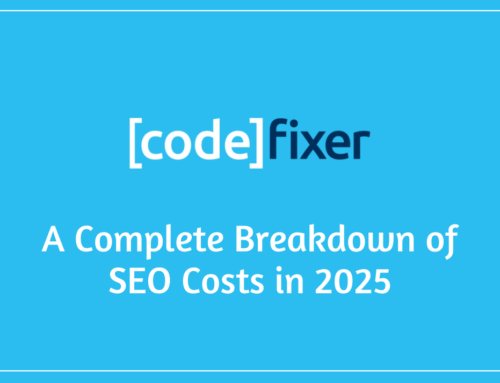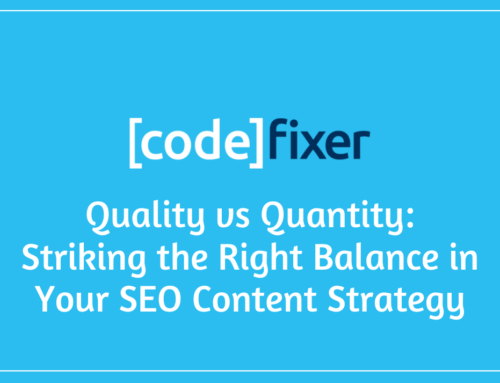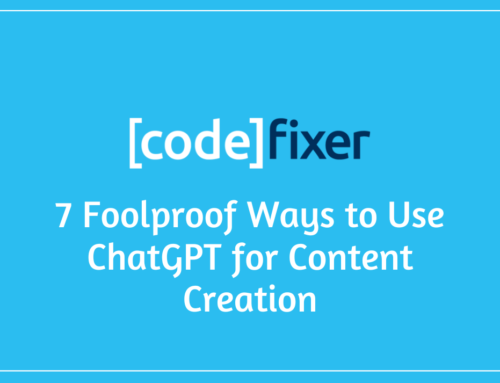On the 3rd of March 2021, Google released an article on the official Google Blog entitled “Charting a course towards a more privacy-first web“.
This was in response to increasing concern relating to 3rd party tracking of users on the web. Other technology behemoths, like Apple, announced back in March 2020, almost a full year ago, that they were disabling 3rd party tracking by default from Safari, the native browser on iPhones, from version 13.1 onwards.
So what does the 3rd of March blog actually tell us?
Once you get past the grandstanding, it boils down to two main key points. First, that the future will be one where Google Ads divorces itself from tracking users with 3rd party cookies stored in the users’ browsers, and secondly, that Google is instead focusing on interest-based user targeting.
What is interest-based user targeting?
Interest-based user targeting will (rather than storing a cookie in the users’ browser) use on-device processing to help keep users browsing history secure on their device, in turn, making it more difficult to reveal personally identifiable information.
Google has, in turn, suggested a pathway forward for advertisers to reach audiences by clustering these users into interest groups. These new measures have been named “Federated Learning of Cohorts”, whatever that means.
The Federated Learning of Cohorts (FLoC for short) allows for a browser to use machine learning to aggregate users into audience groups based on URLs the user has visited, the content on those URLs, and “Other factors”, which is strangely non-specific.
Google has released a full whitepaper on GitHub regarding FLoC.
The key difference between 3rd Party Cookies and FLoC is that with FLoC, the users’ browser information is stored locally on the users’ browser and not distributed or uploaded anywhere outside of the device.
Benefits of FLoC over 3rd Party Cookies.
FLoC protects the security and privacy of the end-users data and prevents personally identifiable information from being distributed to anyone outside of their device. FLoC will also generate audience cohorts based on the previous weeks browsing behaviours, ensuring that your data is up-to-date, in turn improving the integrity of the data collected.
Another benefit of FLoC over 3rd Party Cookies is cross-device tracking. Creating audiences with cookies has certain limitations when tracking users across multiple devices. Using myself as a case study, I have four main devices, all with different cookies; My work computer is used for mainly PPC activities, my mobile phone is used for browsing the web, listening to Spotify and watching videos, my home PC is used for gaming, and my smart TV is used for Netflix and YouTube.
Now, just because I’m on one device doesn’t inherently mean I’m not still interested in PPC, browsing, Spotify, gaming, Netflix or YouTube. However, the ads I receive on each device are hugely different despite the fact I’m logged in using the same email addresses on each device. With FLoC audiences these different devices shouldn’t matter as the audience cohorts I belong to will be due to a user-id and not a cookie.
Limitations of FLoC over 3rd Party Cookies.
What Google hasn’t really addressed directly is how this will comply with international regulations and requirements for data processing such as GDPR. This is certainly something that will need to be addressed at some stage.
A second problem related to FLoC is that it will not be universal from the get-go. By introducing FLoC Google is trying to encourage device and browser developers to adopt this as the industry standard. But what’s to say it will? Companies like Mozilla and Apple will take some persuading before implementing FLoC. After all, Firefox and Safari have disabled 3rd party tracking by default on their browsers for over a year now.





